- Make It Yourself Lavender Heart-Shaped Bath Bombs!
- 20 Things You Never Knew About “Down There”
- 12 Best Foods For Those Suffering From Arthritis Pain
- 12 Personal Hygiene Mistakes Almost Everyone Makes (Mom Never Told You About #4!)
- 15 Medicinal Plants And Herbs From The Cherokee People
- 12 Mind-Blowing Benefits Of Drinking Coconut Water During Pregnancy
- 12 Outstanding Winter Foods That Won’t Fatten You Up Like A Christmas Turkey
Top 8 Dangerously Toxic Cleaning Chemicals to Avoid
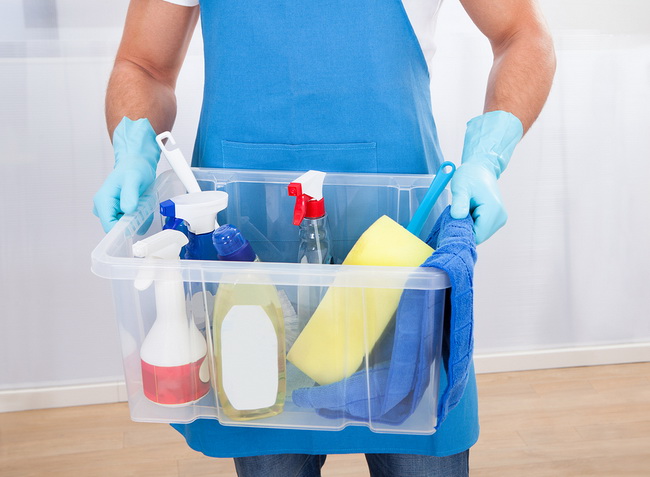
Photo credit: bigstock
Many people have no idea that, in an average household, there are some 62 (or more) toxic cleaning chemicals lurking in their house. It’s ironic how these cleansers are supposed to keep us safe from dangerous bacteria and germs but they are deadly toxins themselves! Of course, we assume they are safe, because, after all, isn’t this America? Aren’t these things tested before they are sold?
Manufacturers will tell you that, in small amounts, their products are safe. The problem is in a word called accumulation. It’s not as if we are only using one product every now and then. Think about the number of times you whip out that bottle of window cleaner, antibacterial soap, air fresheners, even toilet paper, every week? These chemicals accumulate in our bodies and there have been no studies done to see what happens when we mix these deadly toxins inside our bodies.
Although in today’s world it’s simply impossible to eliminate your exposure entirely, but you can significantly reduce your exposure level. Take a look at the top 8 most toxic chemicals in your cleaning products. Dump these for safer alternatives and protect the health of your family.
1. Sodium Hydroxide
Found in drain openers and oven cleaners. You probably know this chemical by its more common name of lye. Sodium hydroxide is very corrosive. It causes severe burns should you come into contact with it. Inhaling even a small amount can cause throat irritation for days.
Avoid this chemical and use a paste made with baking soda instead. It only takes a bit more scrubbing to clean your oven with this mixture. You can clean out drains with a mixture of one cup of baking soda followed by one cup of vinegar. This works much better than you can imagine and it’s body and environmentally friendly. Read also about lemons and baking soda.
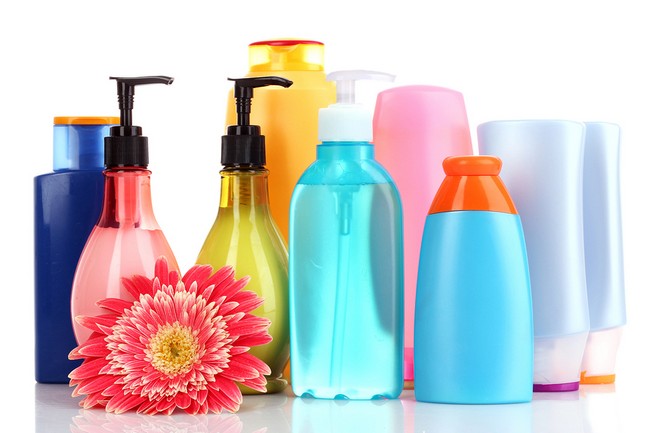
Photo credit: bigstock
2. Phthlalates
Although you won’t actually see this word on the label, however, anytime you see the word “fragrance” or “parfum”, then that product contains this toxic chemical. You will find this in air fresheners, dish soap, laundry detergents, toilet paper, and fabric softeners, just to name a few. Due to copyright laws, manufacturers don’t have to tell you exactly what is in their scents.
This chemical is a known hormone disruptor, which means that it leads to reproductive problems such as low sperm count in men. Studies show that men with high levels of phthalates in their blood had lower sperm counts, according to the CDC. Although this chemical is mainly inhaled, you can also absorb it through the skin by using scented soaps.
Whenever possible, choose all natural, organic products or choose fragrance free options. Avoid those plug in or aerosol air fresheners and use natural essential oils instead. You can also add some plants to your home which naturally clean the air of toxins.
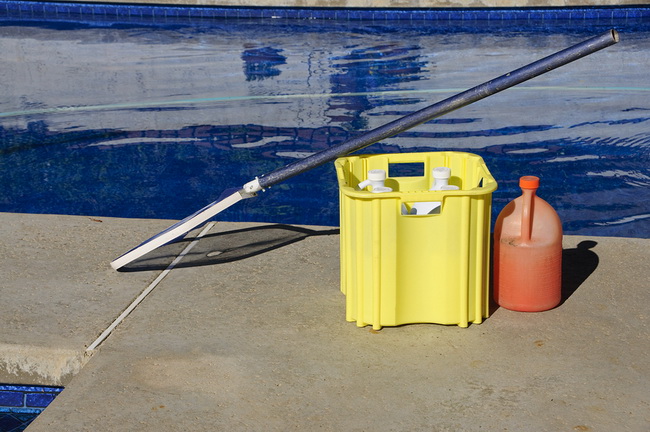
Photo credit: bigstock
3. Chlorine
Commonly found in toilet cleaners, laundry whitening agents, mildew removers, cleansers, even tap water.
There are so many ways you can get exposed to this chemical! It’s absorbed through the skin, not only from cleaning agents but if it’s used in your city’s water supply to kill bacteria, you are literally showering in chlorine. You can also inhale the fumes when cleaning. It’s an acute irritant when inhaled but on top of all this, it’s a major source of thyroid dysfunction.
Use baking soda or Bon Ami for scrubbing sinks, pots, pans, and toilets. You can also use vinegar to clean toilets, and a mixture of borax and vinegar to whiten clothes naturally. There is also an oxygen bleach that is chlorine free that is now sold in many supermarkets. To reduce your exposure even further, use a whole house filtration system.
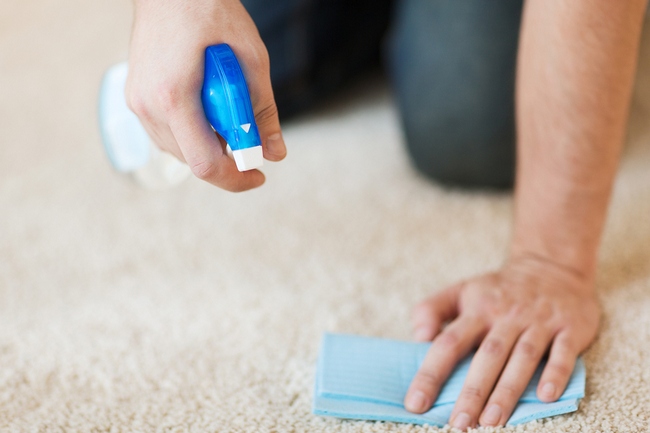
Photo credit: bigstock
4. Perchloroethylene AKA Perc
This chemical is often used in carpet and upholstery cleaners, spot removers, and dry cleaning solutions.
Perc is a well-known neurotoxin as well as a possible carcinogen, according to the EPA. There have been numerous reports of people who live in buildings where dry cleaners are located that have stated they have symptoms of dizziness, loss of coordination, and other types of symptoms. These complaints have been so pervasive that the EPA has ordered that all perc machines to be removed from residential buildings by 2020. The State of California has gone even further and has said that they will no longer allow perc use in their state by 2023 due to health risks. Most people are exposed through inhalation, the smell on clothes that have been freshly dry cleaned or fumes that hang around after having your carpet, drapes, and furniture professionally cleaned.
You can avoid this by taking clothes, curtains, even small rugs that are marked as “dry clean only”, to wet cleaners, which use cleaners that are water based, not solvent based. Always ask your dry cleaner which method they use. Instead of chemical spot removers, simply rub some undiluted castile soap right on the stain before laundering.
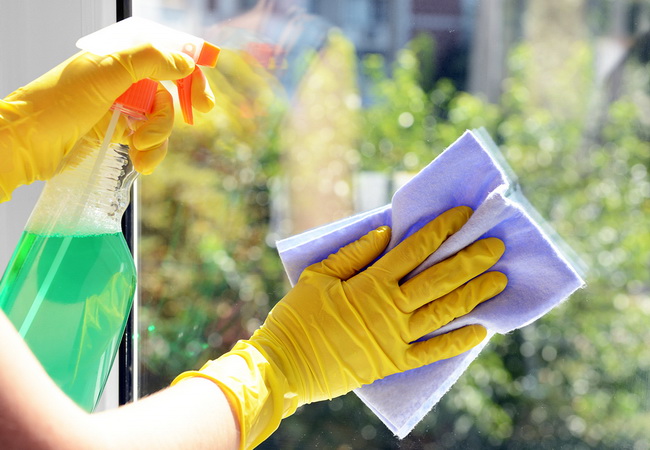
Photo credit: bigstock
5. Ammonia
You will often find this in polishing products for sinks, bathroom fixtures, glass cleaners, and jewelry cleaners.
Ammonia does not leave streaks and evaporates quickly, which is why it’s a common ingredient in window cleaners and other types of cleaners where we want shiny, streak free surfaces. That shiny surface has a price, however, as ammonia is a powerful irritant, especially for those who have lung problems, breathing problems, asthma, or the elderly. Ammonia is almost always inhaled when it’s used. People who are exposed to ammonia regularly, such as maids or housekeepers at hotels, often develop asthma or chronic bronchitis. If mixed with bleach, it creates a deadly gas that kills.
If you still want those shiny surfaces, use vodka! It makes a super reflective shine on anything metal or on any mirrored surface such as glass. If you want to polish your silverware, use non-gel toothpaste, it works like magic!
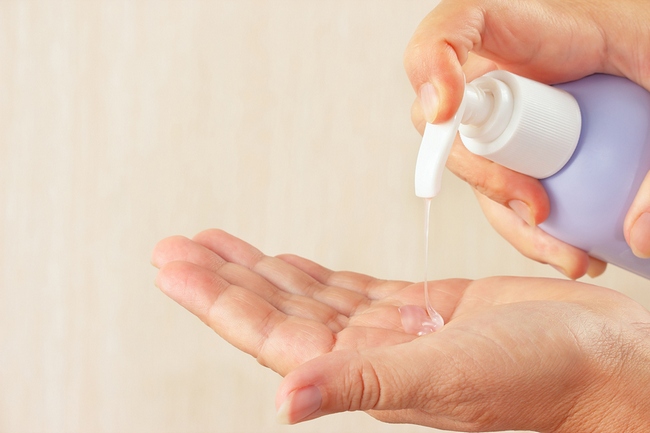
Photo credit: bigstock
6. Triclosan
This is an antibacterial agent that is found in almost any liquid marked “antibacterial”, such as hand soap, dish soap, body wash, shampoo, even toothpaste!
Although it’s true that Triclosan is an aggressive antibacterial compound, it actually has promoted the growth of antibiotic resistant bacteria. These antibacterial, antimicrobial soaps don’t make us any heathier, or safer, rather, they are creating new dangers in the forms of “super bugs”. Triclosan is also a serious hormone disruptor for women. Numerous studies have found that there are now dangerously high concentrations of triclosan in streams and rivers, where it kills algae. The EPA is currently investigating if triclosan is a possible carcinogen.
You can use any soap to kill germs. Look for natural soaps, not ‘washes’ or ‘beauty cleansers’. The shorter the list of ingredients, the more natural the soap is. If you like using hand sanitizers, use ones that are alcohol based, and do not contain triclosan. Read more about what you should know of hand sanitizers.

Photo credit: bigstock
7. 2-Butoxyethanol
You find this product in items listed as “multi-purpose” cleaners, kitchen cleaners, and window cleaners.
This is the main ingredient in many all-purpose cleaners and it’s generally recognized by its sweet smell. This chemical belongs to a group of toxins called glycol ethers, which are solvents you don’t want to mess around with. Unfortunately, laws don’t force manufacturers to list this ingredient on the label, even though the on the EPA’s website it’s known to cause sore throats, pulmonary edema, liver and kidney damage, and narcosis. If you use this cleaner in a closed area, such as a bathroom, you could easily inhale more than what is legally allowed in most workplaces.
A much safer choice would be to clean windows with vinegar and newspapers. Bon Ami powder is a safe choice for kitchen counters, as is baking soda, vinegar, and essential oils. Read more about surprising uses of vinegar.
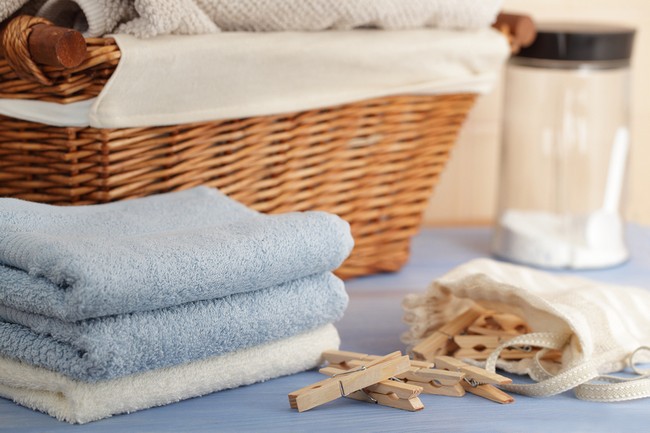
Photo credit: bigstock
8. Quaternary Ammonium Compounds, AKA Quats
This is another type of antibacterial/antimicrobial and has similar problems as triclosan. Besides breeding superbugs, this chemical is a skin irritant. A 10 year study showed that contact dermatitis was connected to quats. There is also evidence that even healthy people develop asthma after regular exposure to quats.
You find this in products labeled antibacterial or antimicrobial, liquid fabric softeners, dry sheets, and many household cleaners.
Read the label carefully! You don’t need expensive, potentially toxic fabric softeners to keep clothes free from static or to make them soft, vinegar, plain old white vinegar, does the same thing and no, your clothes will not smell like vinegar afterwards! Vinegar removes soap buildup, stops static cling, helps to keep clothes bright, and is completely nontoxic!
Extra Tip:
If you should see a cleaning product with a big label that says “green”, “biodegradable”, or “all natural”, that doesn’t mean it’s nontoxic. This terminology is called “green washing”, and an environmental consulting firm, TerraChoice, found that at least 95 percent of “green” products had at least one toxic chemical in their ingredients. For example, saying a product has “natural ingredients” means it can be made of mostly water. Also, CFC-free doesn’t mean much since it’s illegal to sell things with CFC. Also, pay attention to words like “completely biodegradable”, well, almost everything is biodegradable if given enough time. A plastic bottle is biodegradable in, oh, a thousand years, or so, right? Look for labels that say something like “Biodegrades within 14 days.”
































